Solutions for Atrial Fibrillation Edvocacy (SAFE): Improving Awareness And Access To Afib Screening For Detection And Referral For Treatment
- PMID: 38025178
- PMCID: PMC10653716
- DOI: 10.24926/iip.v14i2.5477
Solutions for Atrial Fibrillation Edvocacy (SAFE): Improving Awareness And Access To Afib Screening For Detection And Referral For Treatment
Abstract
Background: Atrial Fibrillation (Afib) can lead to stroke and heart failure, and early detection of Afib is an effective method of preventing these life-threatening conditions. An estimated 2.7 million Americans are living with Afib1, a number that is expected to rise dramatically in the coming years. Methods: The aim of this demonstration project was to create an additional access point in the community at local pharmacies for Afib screening, detection, and referral to physicians for follow-up and initiation of evidence-based therapy when appropriate. This prospective research study was conducted with 14 community pharmacies across the US, in which a total of 650 patients were screened for Afib. Pharmacists conducted SAFEty Risk Assessments that consisted of completion of a Stroke Risk Scorecard and EKG determination utilizing AliveCor's KardiaMobile® 6L device. Results: In 552 (82.5%) of 669 total EKG readings, a "normal" rhythm was detected, and in 117 (17.5%) EKG readings an abnormal detection occurred. A total of 12 out of 650 patients (1.8%) received EKG readings of Afib, which is greater than double the expected prevalence of Afib in the US (0.81%), a statistically significant finding (p < 0.0001). Other notable findings included 42 (6.3%) EKG readings of Wide QRS, and 26 (3.9%) EKG readings of tachycardia. A total of 44 patients were referred to physicians for follow-up on their risk for Afib. Conclusions: Community pharmacies offer a unique, valuable access point for patients to receive Afib screenings. Pharmacists are well positioned to make a significant contribution in the cardiovascular health of their patients and increase the value of team-based health care.
Keywords: Afib; EKG; Kardiamobile; atrial fibrillation; pharmacists; pharmacy.
© Individual authors.
Figures
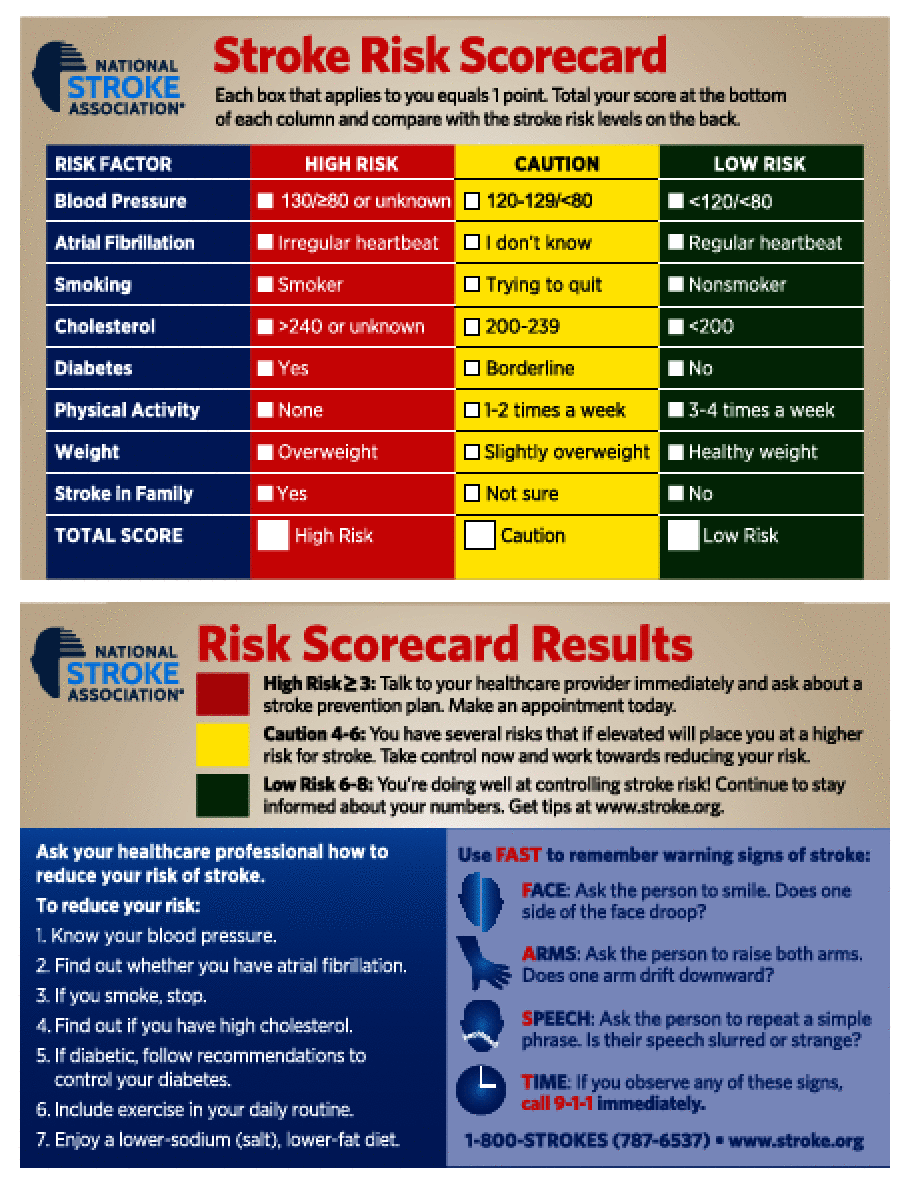
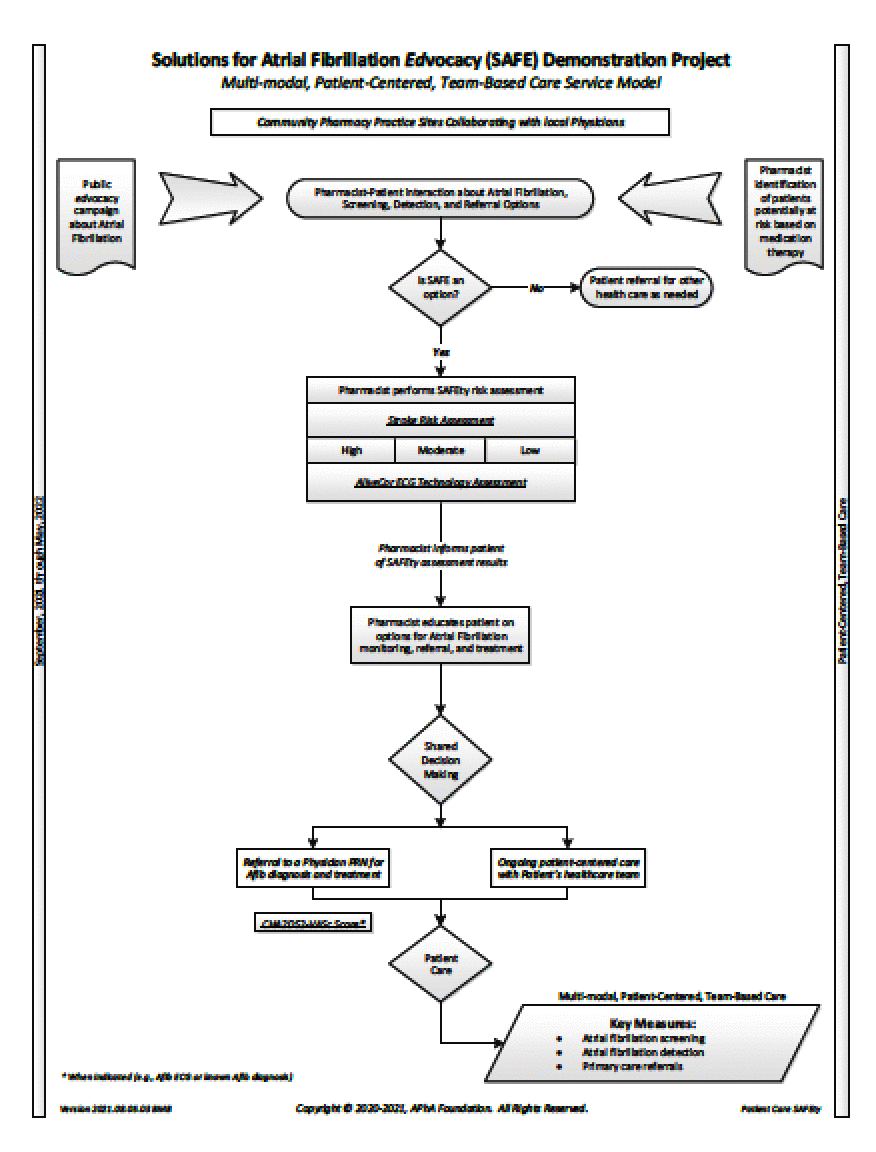
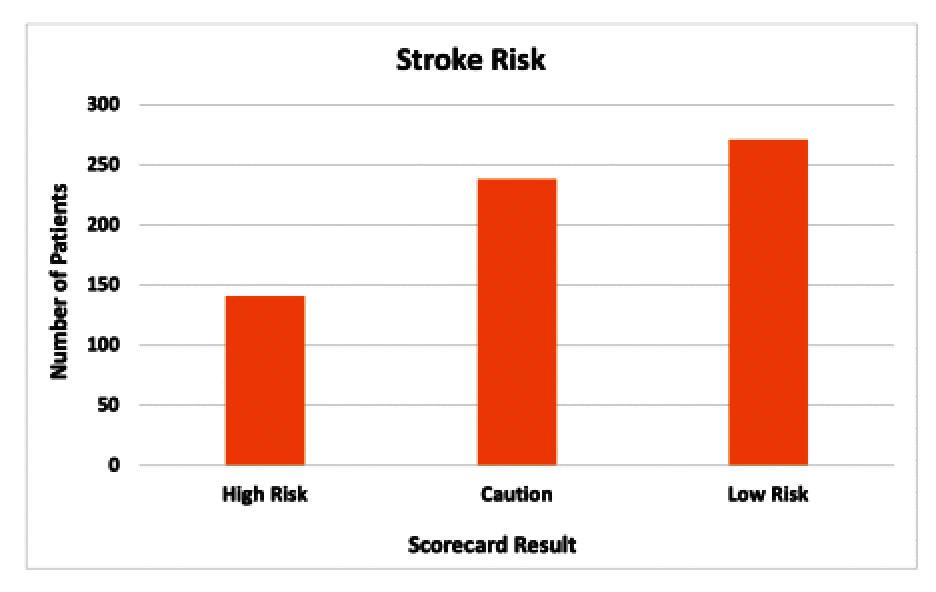
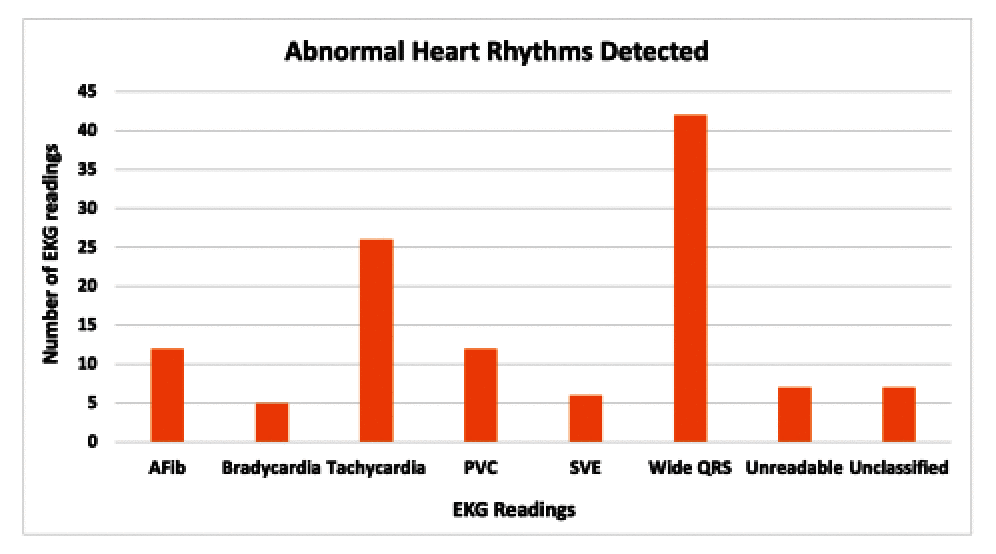
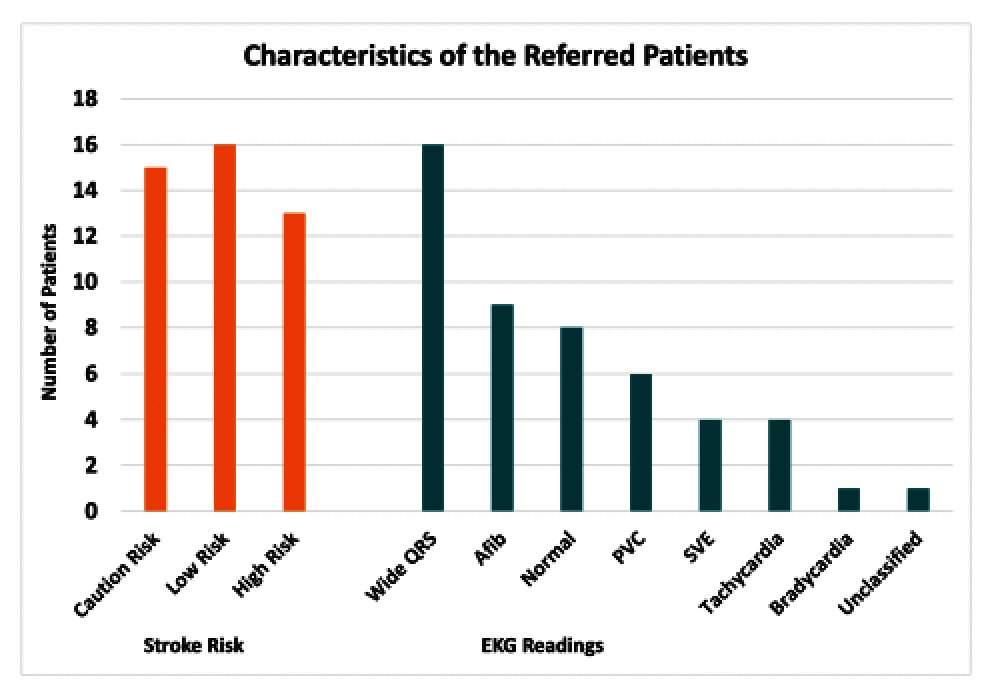
References
-
- What is Atrial Fibrillation (AFib or AF)? American Heart Association. Accessed 29 July 2022. Available at: https://www.heart.org/en/health-topics/atrial-fibrillation.
-
- Alshehri AM. Stroke in atrial fibrillation: Review of risk stratification and preventive therapy. J Family Community Med. 2019;26(2):92–97. Doi:10.4103/jfcm.JFCM_99_18 - DOI - PMC - PubMed
-
- QuickFacts. US Census Bureau. Accessed 22 August 2022. Available at: https://www.census.gov/quickfacts/fact/table/US/PST045221
-
- Heart Disease. Centers for Disease Control and Prevention. Accessed 29 July 2022. Available at: https://www.cdc.gov/heartdisease/atrial_fibrillation.htm
-
- The top 10 causes of Death. World Health Organization. Written 9 December 2020. Accessed 29 July 2022. Available at: https://www.who.int/news-room/fact-sheets/detail/the-top-10-causes-of-death.
LinkOut - more resources
Full Text Sources
